In today’s fast-paced, hyper-connected world, we are all constantly plugged in, often simultaneously navigating multiple digital devices and platforms. We check our phones, scroll through social media, respond to emails, and immerse ourselves in an endless sea of notifications. While this digital age has brought remarkable advancements and conveniences, it’s also slowly chipping away at one of our most valuable assets: creativity.
Are your digital habits actually hindering your ability to think freely, imagine wildly, and innovate? It’s time to pause, reflect, and understand how our dependence on technology may be unknowingly sabotaging the creative process.
The Paradox of Connection and Distraction
At first glance, digital tools seem like the perfect ally for creativity. They offer infinite resources, instant communication, and powerful applications for writing, designing, coding, and brainstorming. But here’s the paradox: the more connected we become, the less we seem to accomplish in terms of creative work. Digital environments—designed to keep us engaged and productive—can also create a barrage of distractions, fragmenting our thoughts and fragmenting our focus.
The “Always-On” Culture: Creative Overload
The digital age has cultivated a culture of “always on” or perpetual engagement. You’re rarely disconnected from the virtual world, and even when you try to be, notifications, emails, and alerts tug at your attention. According to research, the average person checks their phone over 150 times a day, often for no reason other than a subconscious urge to stay connected. While these connections may seem like opportunities to engage, they can overwhelm the brain’s cognitive capacity. Constantly jumping from one task to another—often at the slightest ping or buzz—prevents you from entering the deep flow state that fosters creativity.
When you’re constantly distracted by the digital noise, the time needed to engage deeply with a problem or concept shrinks. Creativity thrives on uninterrupted time, space to think freely, and the ability to wander mentally without a set goal. But the digital world’s many distractions stunt this process, keeping the brain in a shallow, reactive mode instead of a deep, focused state.
The Problem with Multitasking: A Creativity Killer
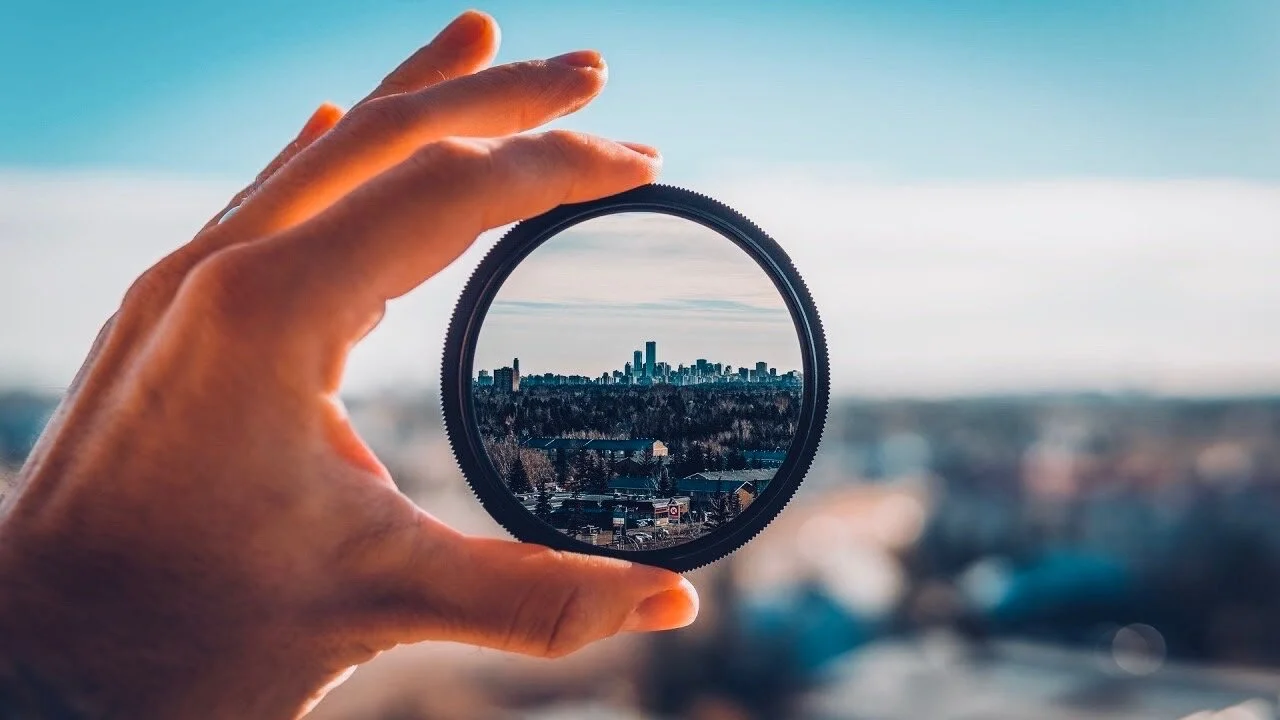
Another byproduct of modern digital habits is the illusion of multitasking. We are often encouraged to juggle multiple activities at once, whether it’s texting, working on a project, checking social media, or watching a video while writing an email. While this might seem productive, studies have shown that multitasking actually reduces our cognitive performance, lowering the quality of the work produced and increasing the time it takes to complete tasks.
Creativity is inherently a single-task process. To cultivate an idea, you need uninterrupted attention to allow it to develop fully. The constant fragmentation of tasks, however, prevents you from diving deeply into the creative process, making it harder to generate original thoughts or meaningful insights.
Social Media: The Thief of Time and Inspiration
Social media has become one of the primary sources of digital distraction. While platforms like Instagram, Twitter, and TikTok are designed to keep us engaged with continuous streams of content, they can be incredibly draining for creativity. The algorithmic feeds curate an endless stream of information based on your preferences and previous interactions. But while they may offer entertainment, they often fail to spark the deep, original thinking required for true creativity.
Social media platforms foster comparison, not creation. The “highlight reel” nature of these platforms can lead to feelings of inadequacy or creative paralysis, as you see others’ seemingly perfect work or ideas. Instead of focusing on cultivating your own creativity, you end up competing with others, constantly measuring your own ideas against theirs. This undermines the freedom to experiment and innovate, key components of the creative process.
The addictive nature of these platforms also steals away your time and mental energy. What may start as a five-minute scroll turns into an hour-long dive down the rabbit hole, leaving you feeling mentally drained rather than inspired.
Constant Connectivity: Creativity’s Worst Enemy?
The belief that we need to be “always connected” is reinforced by the tools we use daily: smartphones, laptops, and endless apps. Every time we get a message, email, or notification, we feel compelled to respond immediately. This urgency undermines the mental space required for creative thinking.
Think about it: creativity requires solitude, space, and silence. It demands moments of boredom, where your mind has the freedom to wander, make unexpected connections, and come up with new ideas. When we are constantly tethered to our devices, we miss out on these moments of mental rest, which are essential for creative growth.
Digital Detox: A Prescription for Creative Recovery?
To reclaim your creative power, it’s essential to step back from the digital world occasionally. This is where the concept of a “digital detox” comes in. By intentionally disconnecting from screens and digital notifications, you create space for your mind to reset and recharge.
A digital detox doesn’t mean abandoning technology altogether. Instead, it’s about being more mindful of how and when you use it. By carving out designated times to unplug—whether that’s for an hour each day or a full day each week—you give yourself the freedom to explore ideas without distraction.
During these moments of disconnection, allow yourself to daydream, take walks, write in a journal, or engage in other creative hobbies that don’t require digital input. These activities can help spark new ideas and restore your creative energy.
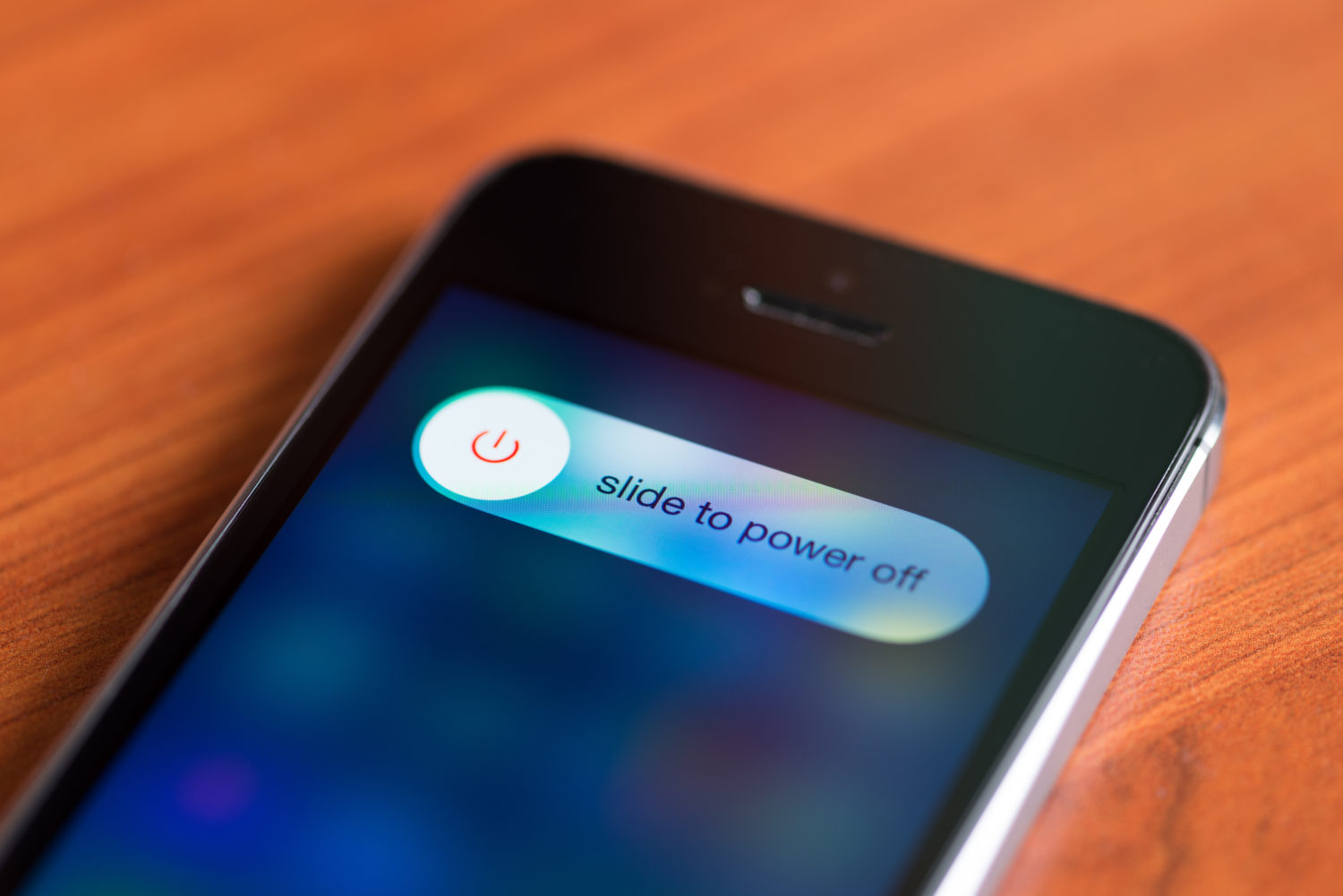
The Role of Deep Work in Creative Cultivation
One of the most powerful strategies for nurturing creativity in a digital world is embracing the concept of “deep work.” Coined by productivity expert Cal Newport, deep work refers to the ability to focus without distraction on cognitively demanding tasks. This deep focus enables you to produce high-quality, original work in a shorter amount of time.
Deep work requires uninterrupted blocks of time and an environment that minimizes distractions. By intentionally scheduling deep work sessions and eliminating distractions, you foster an atmosphere that allows your creativity to flourish. These sessions could involve writing a chapter of a book, brainstorming ideas for a project, or sketching a design—whatever creative work resonates with you.
The key to deep work is ensuring that your environment supports it. Turn off your phone, mute email notifications, and create a physical workspace that’s conducive to sustained concentration. In this dedicated time, you can tap into a flow state where ideas come naturally and effortlessly.
The Digital Cleanse: How to Build Healthier Habits
If you’re feeling overwhelmed by your digital habits, a “digital cleanse” may be just what you need to reset your relationship with technology. A digital cleanse involves critically evaluating the digital tools, platforms, and apps you use and assessing whether they add value to your life or simply drain your energy. Here are a few steps to help you build healthier digital habits:
- Audit Your Digital Life: Start by identifying which apps or platforms take up most of your time. Are they contributing to your creativity, or are they simply distractions?
- Set Intentional Boundaries: Establish clear guidelines for when and how you’ll engage with digital devices. For example, limit social media use to 30 minutes a day or designate specific times for checking emails.
- Practice Digital Minimalism: Consider removing apps or programs that aren’t essential to your creative goals. Simplifying your digital life can help you regain focus and free up time for meaningful activities.
- Schedule Offline Time: Block out time each day or week where you are completely offline. Use this time for reflection, creativity, or simply to rest your mind.
- Create Digital-Free Zones: Make certain areas of your life sacred from technology. For instance, designate your bedroom or dining table as a space free from screens to encourage mindfulness and rest.
By taking these steps, you can start to reclaim the time and mental energy that your digital habits are currently consuming.
Conclusion: Finding Balance in a Digital World
In conclusion, while technology has undoubtedly transformed the way we work, communicate, and create, it has also introduced new challenges for our creativity. The constant distractions, the pressure to multitask, and the addictive nature of digital platforms can all undermine our creative potential.
However, by becoming more mindful of our digital habits and taking steps to disconnect, we can restore our creative energy. A digital detox, deep work, and intentional offline time are powerful tools that can help you break free from the digital noise and rediscover the freedom to create.
The digital world will always be a part of our lives, but with conscious effort, we can ensure it supports, rather than sabotages, our creativity.

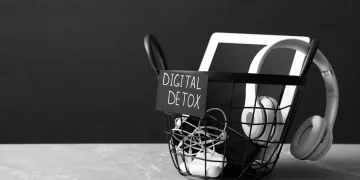



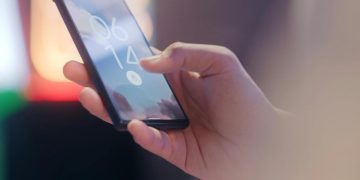

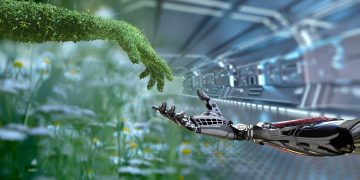



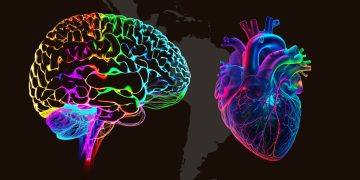


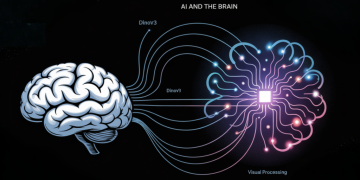




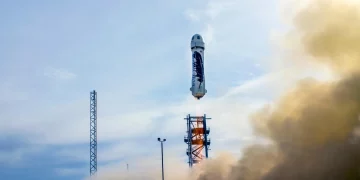









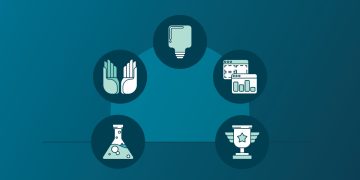




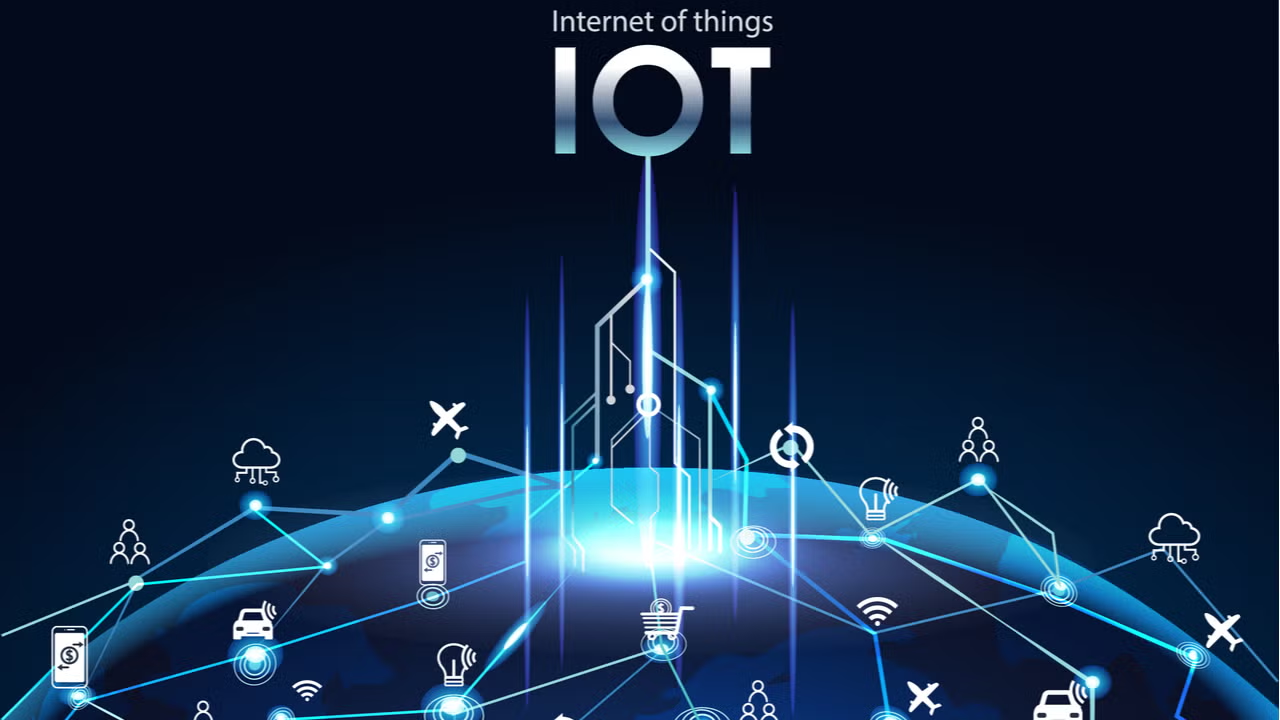

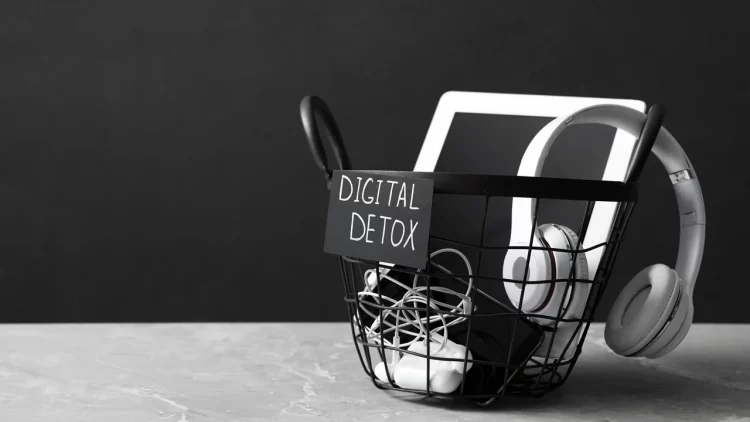
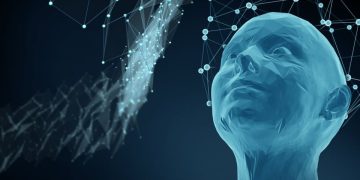











Discussion about this post